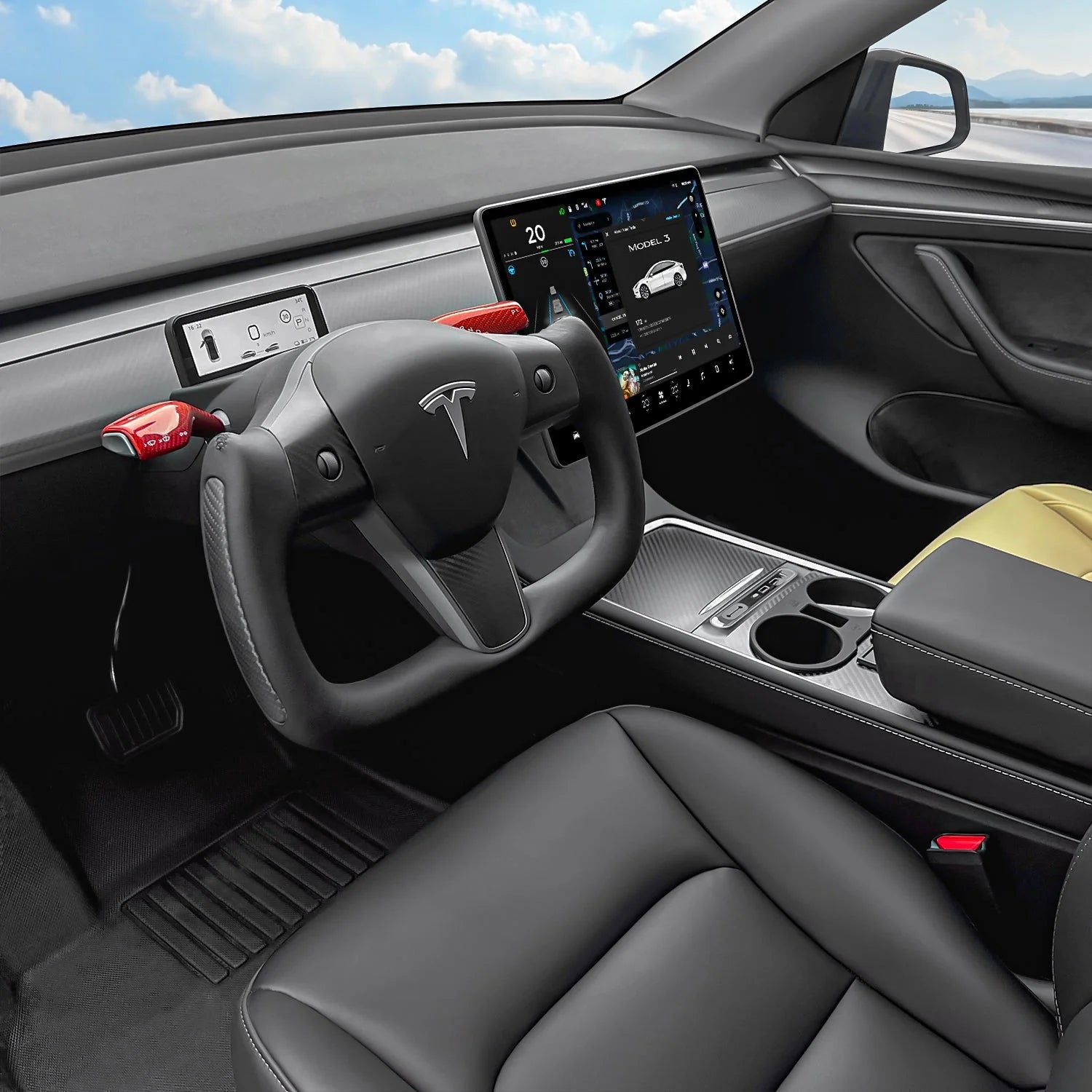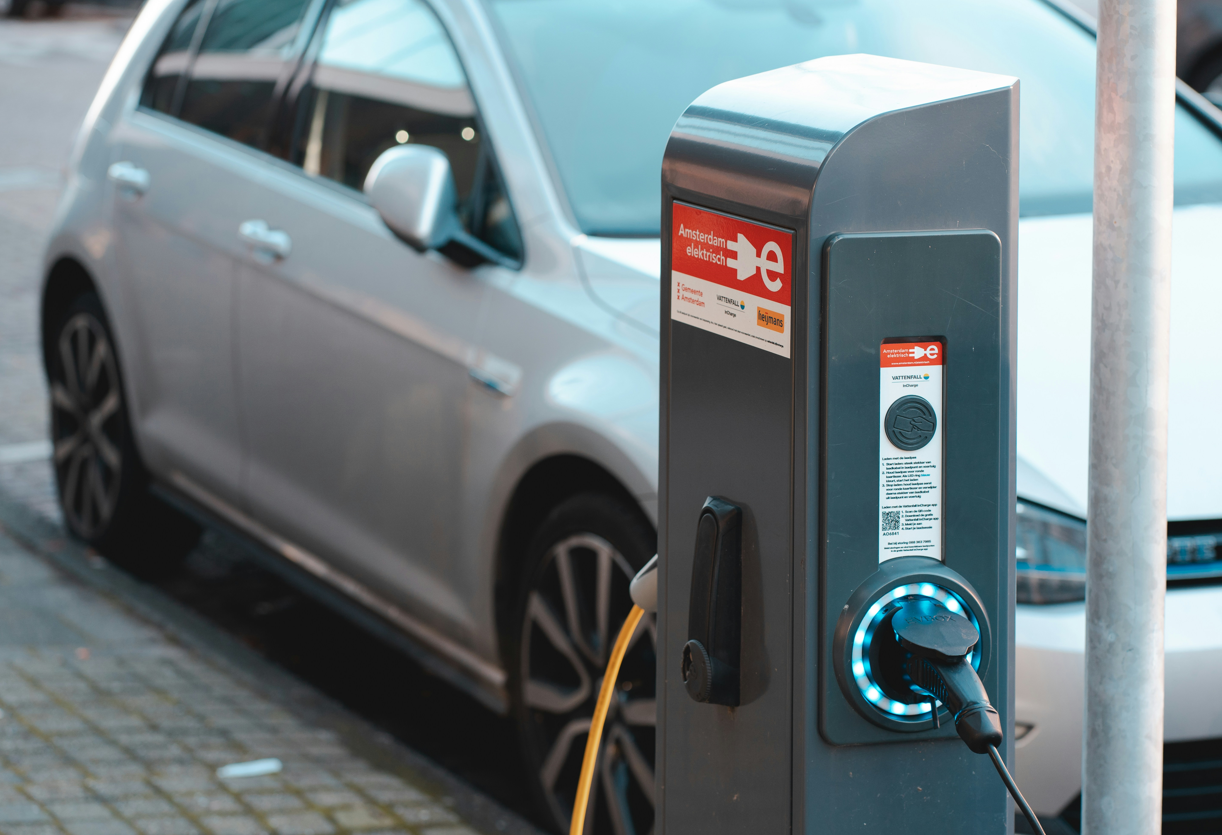Updated on: 14.05.2025
What is the difference between tethered and untethered EV chargers? Starting off with the electric vehicle can be a bit confusing in this area.
But please do not worry; until the time we reach the end of this article, we will erase all that for you and guide you on the right path where these types of chargers differ in regards to some features and characteristics. But by the time we finish, the choice will get absolutely clear to you.
So, let's get started.
What is a tethered EV charger?
Tethered electric vehicle charge boxes refer to a charge point with the cable continually fixed to the unit. EV charging cables have been manufactured and designed with the sole purpose of joining the charging point to the electric vehicle. The tethered model will help you not have the hustle all the time of carrying another charging cable with you or attaching it to the vehicle.
Pros of tethered EV chargers
· Home Charger:
Likely to be installed at your home or public charging points. There is usually a variance in power level from a 3 kW standard charger upwards to even 22 kW chargers, depending on EV choice and charging capability.
· Convenience:
This is the biggest advantage of a tethered charger. The cable won't have to be separately carried around everywhere; plus, it's a part of the charger. There is no extra cable remaining, needed for your car. Just plug in and start charging.
· Ease of use:
It's pretty cut-and-dry when it comes to the tethered chargers, a design with an internal cable so it cannot be mistaken for what cable to use actually and how to plug it in.
· Faster Charging:
Most tethered stations, therefore, are in high power levels, hence the time taken by these chargers is relatively less than that of the usual portable EV chargers.
· Cost-Effective:
Tethered chargers may be a bit high in terms of first-time purchase compared to portable chargers, but in the long run, are cost-saving in that, in addition to being durable and reliable, they cut down costs that may be incurred to repair or replace dysfunctional chargers.
Cons of tethered EV chargers
· Limited Mobility:
It would always limit mobility in that while the cable remained permanently fastened onto the charging stations, it never traveled mobile with you. This may, therefore, be a limitation in cases where one needs to charge their EV from different places.
· Compatibility Issues:
In spite of the advantageous facility offered by such tethered chargers, the facility will be compatible with some and not total EVs. You'll have to make sure about its compatibility with the vehicle before going for its purchase.
· Complex Installation:
Installing one is more complex than a portable one, especially if retrofitting it into a pre-existing location.
Highly convenient and helpful in most incidences to EV owners when the need is at the situation of the buyer.
Now let's discuss untethered EV chargers in detail.
What is an untethered EV charger?
An untethered EV charger, also known as a socketed charger, is a type of charging station that does not come with a built-in cable. Instead, it has a socket where you can plug in a separate charging cable to connect the charging station to your electric vehicle.
Though the untethered chargers are more flexible when using electric vehicle chargers, it is likely to host several varying electric vehicles with different cables at the same time. This is their interchangeably, in the case of varying EV connectors, an untethered charger can easily change the charging cable from one EV to the other.
Most of the untethered charging stations are found in any public charging point where it has a mix of types of electric vehicles. Such types of chargers also come with various power levels based on your vehicle's charging power.
Pros of untethered EV chargers
· Flexibility:
This is one of the major purposes that untethered chargers serve. Being a personal device with low power requirements, these untethered devices do not have built-in cables; hence, untethered chargers could be used with many electric vehicle charging gadgets.
· Future-Proofing:
Untethered chargers will last into the future. With a new model of EV possibly coming up with a quite different charging connector, you will only be required to change the cable and not the whole charging station.
· Reduced Wear and Tear:
Since the cable will not be cemented on the charger, there will be less wear and tear. This may point to the life of the charging point being longer.
· Cost Effectiveness:
With untethered chargers, you just need to replace the cable if it goes bad or when you want to make a switch to another connector type.
Cons of untethered EV chargers
· Less Convenient:
This might not be a better way compared to tethered chargers, since the untethered type will have you walking around with an extra charging cable. This might be less convenient, especially in easily forgetting the cable or even losing it.
· Compatibility Issues:
Despite untethered EV chargers offering the most freedom, at times adversities related to the EV model are going to be experienced. Before usage, you have to double-check to see if the charging cable is compatible with the vehicle.
· Complexities in Installation:
Generally, it is normally expected that the untethered EV charger has more complexities during installation compared to the tethered charger. Wiring of sockets will add to this, and this may just point to more costs in installation as well as complexity.
Generally, untethered EV chargers are more adaptable future-proofed than their tethered counterparts: that said, there is a trade-off between convenience and additional complexity at the point of installation.
Also, factoring this according to your needs and circumstances will help you choose the right charger for the electric vehicle.
Now you know the basics of both tethered and untethered EV chargers, it's time to discuss their differences in detail.
What is the difference between tethered and untethered EV chargers?
The majority distinguishing point between the tethered and untethered EV chargers is the fact that the former by default has a built-in charging cable, while the latter does not.
However, tethered chargers take the form of a cable permanently attached to the charger, and that is what the user uses in connecting the charger with the electric vehicle in the process of recharging it. That makes tethered chargers very convenient.
You do not have to worry about whether you are walking with an extra cable and even check on the compatibility of the cable with your car. The demountability benefit can easily blow up into a disadvantage because they remain less flexible when users have to work on different EV models so that the cable is taken along and charged on the road.
A tethered charger comes equipped with a built-in charging cable; untethered chargers do not have a built-in charging standard but include a socket where one can plug a separate charging cable. In other words, untethered chargers are more forward-looking—that's more versatile, and for that reason, buyers more and more go for an untethered one.
However, they are less convenient as you need to carry around a separate cable for charging.
In short, tethered charging presents a greater level of convenience with reduced flexibility, while untethered charging provides more flexibility but is less convenient. Choice with regard to the above may be exercised on the requirement and the applicability in your specific case.
Which type of charger to choose?
The choice between a tethered and untethered EV charger depends on your specific needs and circumstances.
You can choose a tethered charger if:
- You prioritize convenience and prefer not to carry around a separate charging cable.
- You have a single electric vehicle with a compatible charging connector.
- You want a simpler installation process, as tethered chargers are often easier to install than untethered ones.
You can choose an untethered charger if:
- You have multiple electric vehicles with different charging connectors.
- You want a more future-proof charging solution that can accommodate new EV models with different connectors.
- You are willing to carry around a separate charging cable for added flexibility and compatibility.
- You want to reduce wear and tear on the charging cable, as untethered chargers allow you to replace the cable if it gets damaged.
How to decide on what is best for your car when it comes to charging?
To decide on the best charging option for your electric vehicle (EV), consider a few key factors that align with your needs and preferences. First, think about your daily routine and where you typically charge your EV. If convenience is a top priority, a tethered charger with a built-in cable may be the ideal choice.
This setup means you won't need to worry about carrying or managing a separate charging cable each time you charge your vehicle. It also ensures that the cable length is optimized for your specific charging setup, which can reduce clutter and streamline the charging process, especially at home or work.
On the other hand, if flexibility and future-proofing are more important to you, an untethered charger could be a better fit. Untethered chargers allow you to use different cables, offering versatility if you frequently charge at various locations with different charging setups. This flexibility can also be beneficial if you plan to switch to a different EV model in the future that uses a different charging connector type.
Cost is another factor to consider. Tethered chargers typically come with the cable included, which can be more cost-effective initially. Untethered chargers may require purchasing a compatible charging cable separately, adding to the upfront investment.
Ultimately, your decision should align with your specific needs for convenience, flexibility, and budget. By carefully considering these factors, you can choose the charging option that enhances your EV ownership experience and makes charging your vehicle as hassle-free as possible, wherever you go.
How does the choice between tethered or untethered charger impact future compatibility with new EV models?
The choice between a tethered and an untethered EV charger significantly affects future compatibility with new EV models.
- Tethered Chargers: These chargers come with a built-in cable that is specific to a certain plug type (Type 1 or Type 2). If future EV models adopt a different connector standard, your tethered charger may become obsolete unless an adapter is available. This means limited flexibility in accommodating newer EVs with evolving charging standards.
- Untethered Chargers: These chargers offer greater future compatibility because they only have a socket where you plug in a separate charging cable. If a new EV model requires a different connector, you can simply replace the charging cable instead of the entire charging unit. This makes untethered chargers a more future-proof option, particularly for those who plan to switch EVs or own multiple electric vehicles.
How do the installation requirements for an untethered and a tethered electric car charger differ?
The installation process for both types of chargers has some key differences:
- Tethered Charger: Installation is typically simpler because the charger comes with a built-in cable, reducing the need for extra accessories. However, it requires precise positioning to ensure the cable length is sufficient for your vehicle’s charging port.
- Untethered Charger: Installation may require additional wiring and considerations since it includes a socket rather than a fixed cable. You’ll also need to purchase a compatible charging cable separately. Additionally, since the user will be plugging in their own cable, ensuring proper compatibility with the EV’s charging system becomes a factor in installation.
Which option is easier to set up at home?
A tethered charger is generally easier to set up at home because it comes as a complete unit, ready for use without needing an additional cable. Homeowners won’t have to worry about choosing the right cable type or storing it separately. On the other hand, an untethered charger offers more flexibility but requires an extra step of selecting and managing a separate charging cable.
If you prioritize convenience and simplicity, a tethered charger is the better option. If you want future-proofing and flexibility, an untethered charger is the way to go.
Final Words
So now you know what is the difference between tethered and untethered EV chargers. And when it comes to choosing the best one, you can consider the pros and cons of both options given above. They will help you make an informed decision.




